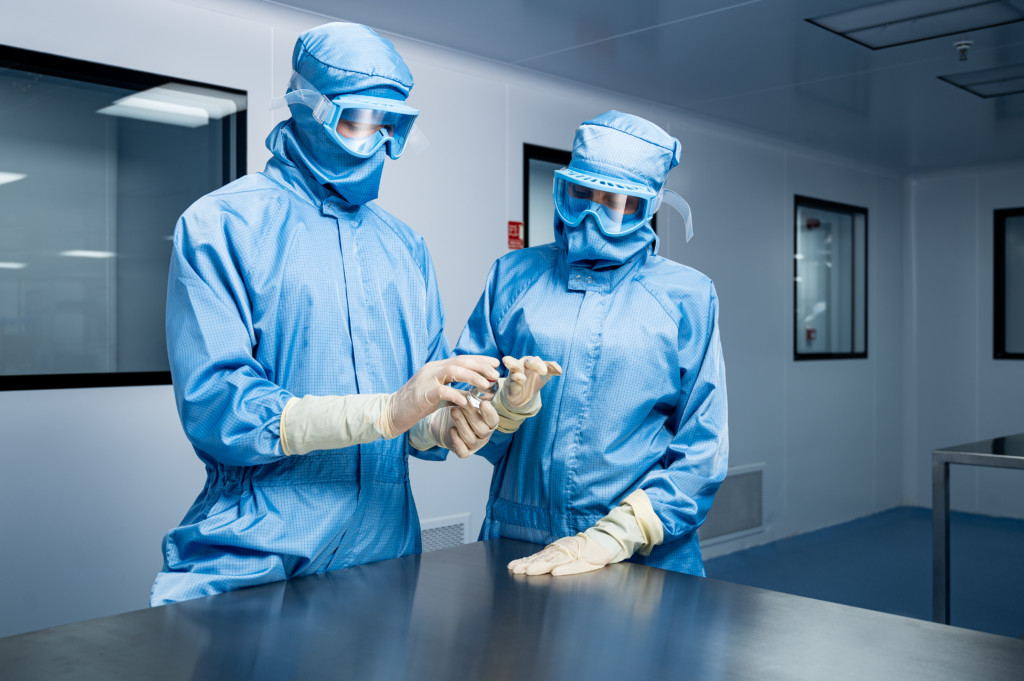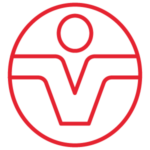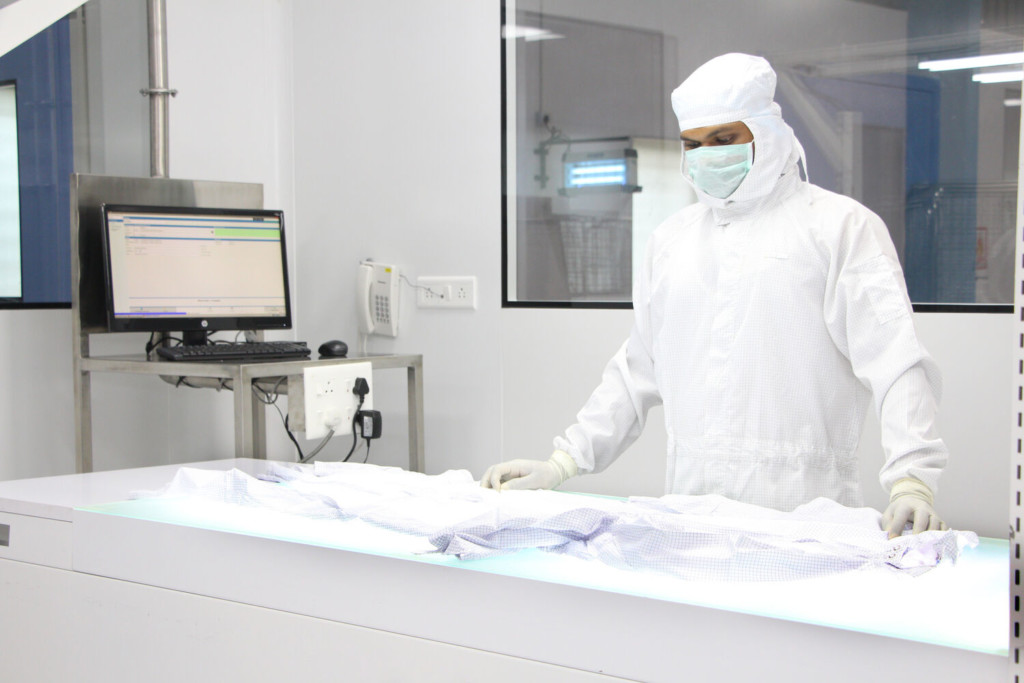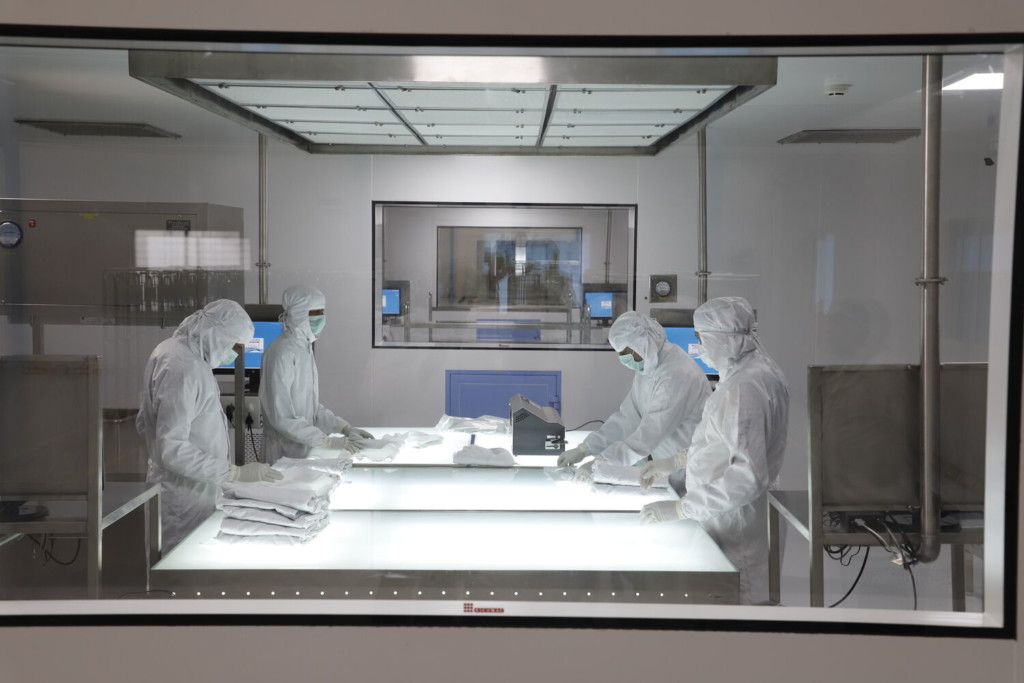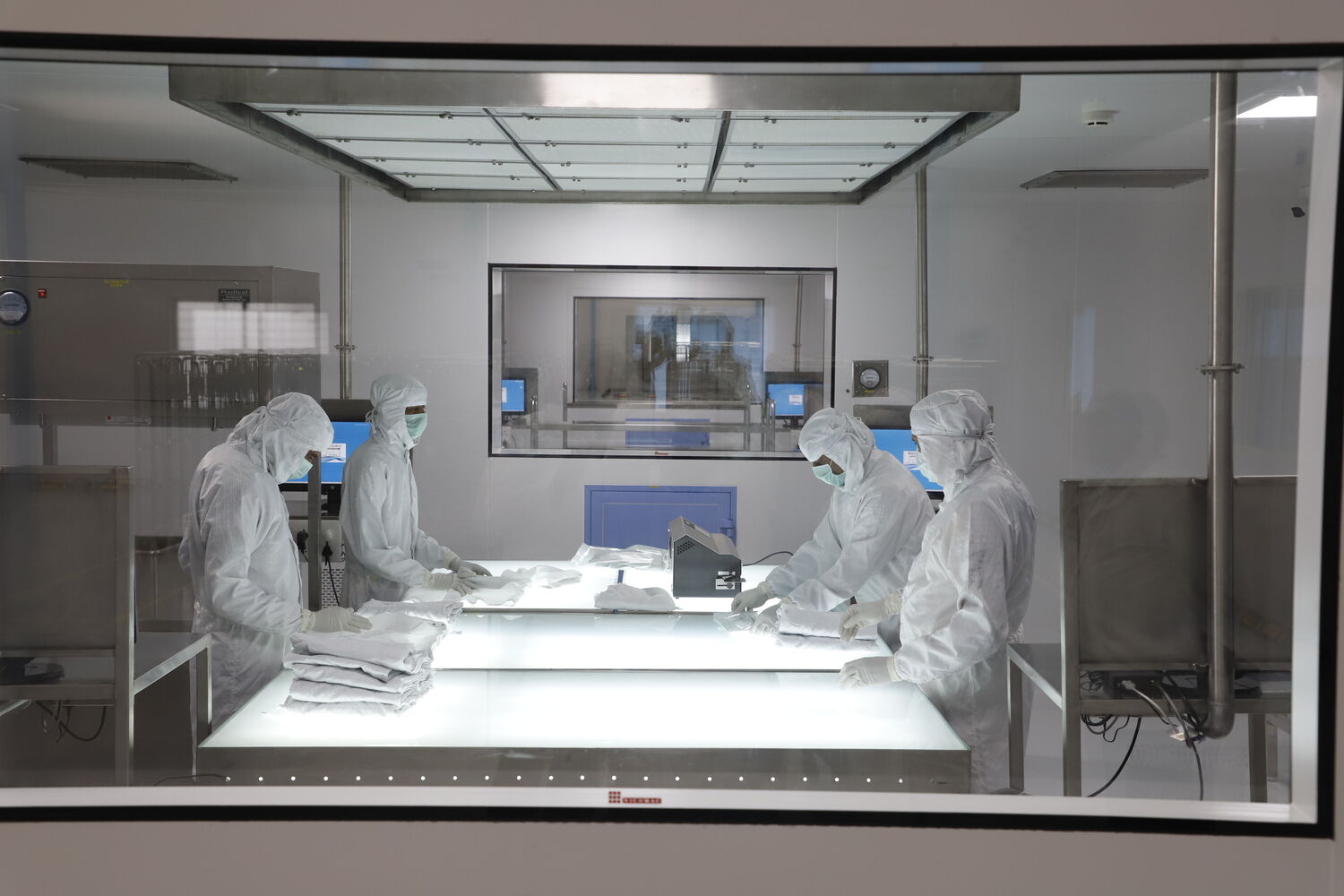
Improving hygiene in pharma: 4 key areas to focus on
Proper hygiene is essential in the pharmaceutical industry to prevent contamination and ensure the quality of medicinal products. Here are the four key areas to focus on for hygiene in pharma.
In the pharmaceutical industry, hygiene holds the utmost importance to ensure the safety of both end consumers and employees. There are four key areas to focus on: production hygiene, personnel hygiene, plant and surface disinfection, and performance monitoring. In this article, our experts share tips on how to achieve proper hygiene in pharma in all four areas. This entails the full process from the production floor to the end product.
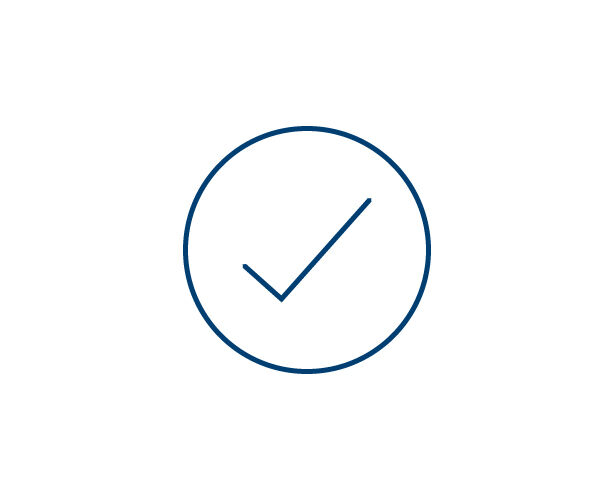

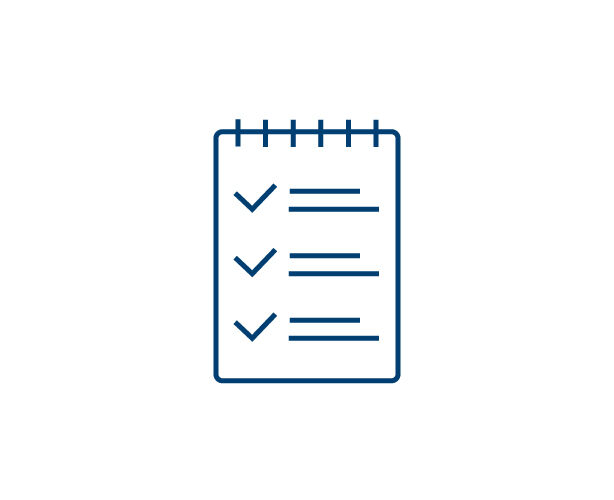
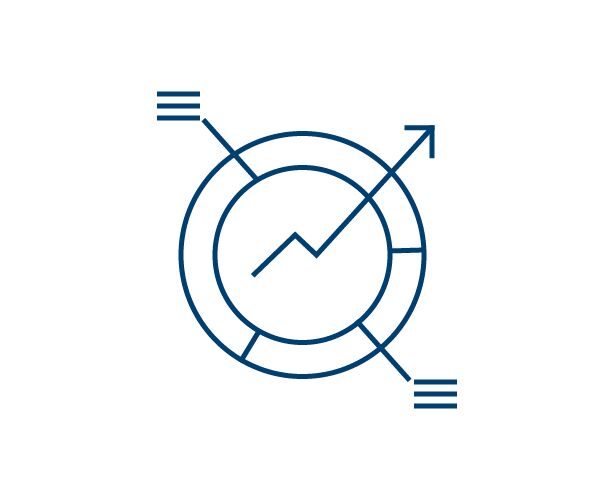
Performance monitoring
1: Pharmaceutical production hygiene requires a controlled environment
Production hygiene is the first step in making the process and end-product safe. Following these practices helps to maintain optimal sanitation standards in pharmaceutical production plants. This in turn ensures that the quality of the drugs remains unaffected:
- Focus on a controlled environment: a cleanroom maintains a low level of airborne microbes, dust, chemical vapours, and aerosol particles.
- Implement the use of classical, sterile, or microbial filtered disinfectants in addition to the manual disinfection process.
- Streamline the disinfection process with a hydrogen peroxide vapor generator. These powerful machines are becoming more popular, as they provide fast and effective decontamination of the manufacturing unit and equipment.
- Ensure all cleaning equipment meets the requirements of optimal ergonomics, sterilisation, and cleanroom processes.
- Check the premises carefully to identify hard-to-clean surfaces. Clean these areas with disinfectants that are lab-tested for efficacy and compliant with industry safety standards.
- Cement the storage areas and walkways to minimise the risk of spreading impurities.
- Design the flow of materialthrough the building or buildings to prevent contamination. This includes everything from components, drug product containers, closures, labeling, in-process materials, and drug products
2: Personnel hygiene in pharma starts with the right kind of garment
Despite the measures taken to maintain hygiene for pharmaceutical production facilities, equipment, raw materials, and product packaging, one of the primary sources of contamination is human beings. Using appropriate and hygienic workwear is crucial to maintaining high standards of safety. Ultimately these measures ensures the wellbeing of end consumers:
- Implement the use of hygienic specialised garments in specified work areas. Work areas are for instance production facilities, storage areas and loading and unloading units.
- The garments prevent contamination from particles generated by, and microorganisms shed from, the body;
- Use non-shedding gowns, sterilise them before use, and cover the skin and hair (e.g., caps, snoods for mustaches and beards, protective goggles);
- All overlapping gown components have an adequate barrier between them (e.g., gloves overlapping sleeves). Make sure there’s the right kind of hygienic specialised garments available in sufficient numbers at all times. This way, all personnel accessing the aseptic manufacturing have appropriate gowning. Pay special attention to ensure that:
- Sanitise gloves frequently and change torn or defective gown components immediately
- Provide education and training on the importance of hygiene and the proper way to use hygienic clothing. For example, to not use the clothing when away from the manufacturing environment or when using the canteen, smoking area, and toilets.
- Focus on the laundry process: only an approved contractor should do it, unless an in-house facility exists, that conforms to industry-defined criteria that validate the entire process. The following measures must be taken to ensure the highest standards of hygiene in workwear laundering:
- Clean the workwear effectively and in compliance with industry standards.
- Separate dirty and clean workwear appropriately.
- Provide clean clothing in contamination-free bags or covers.
- Verify and validate the laundry process and improve it continuously.
3: Facility and surface disinfection helps fight contamination
In addition to practicing effective production and personnel hygiene, proper measures should be taken to disinfect the facility and all surfaces. Here’s how to do it:
- Use high-quality, industry-approved sterilisation products that have been tested for efficacy, user-friendliness, and occupational safety.
- Ensure the walls, ceilings and floors are washable and have no crevices. Regular cleaning, scrubbing and disinfection are important to avoid impurity accumulation and the spread of contaminants.
- Implement the use of high-performance hand disinfectants and dispensing systems to meet the highest standards of hand hygiene. Averting the risk of germ and impurity transmission by the hands of the personnel is a critical preventative measure.
Performance monitoring for hygiene in pharma is easy with digital tools
Merely implementing hygiene strategies is not enough. It is equally important to monitor the effect of the measures taken, and to analyse the process and improve continuously. Do this effectively and quickly with the help of digital tools:
- Identify problem areas and take necessary measures to eliminate the bottlenecks and improve the processes.
- Monitor hygiene performance with digital tools that give you an up-to-date view of the entire manufacturing, storage, workwear, and cleaning process.
- Utilise data to make sure the processes run smoothly and to avoid bottlenecks in the process.
- Make sure the reporting data meet BRC Global Standards.
